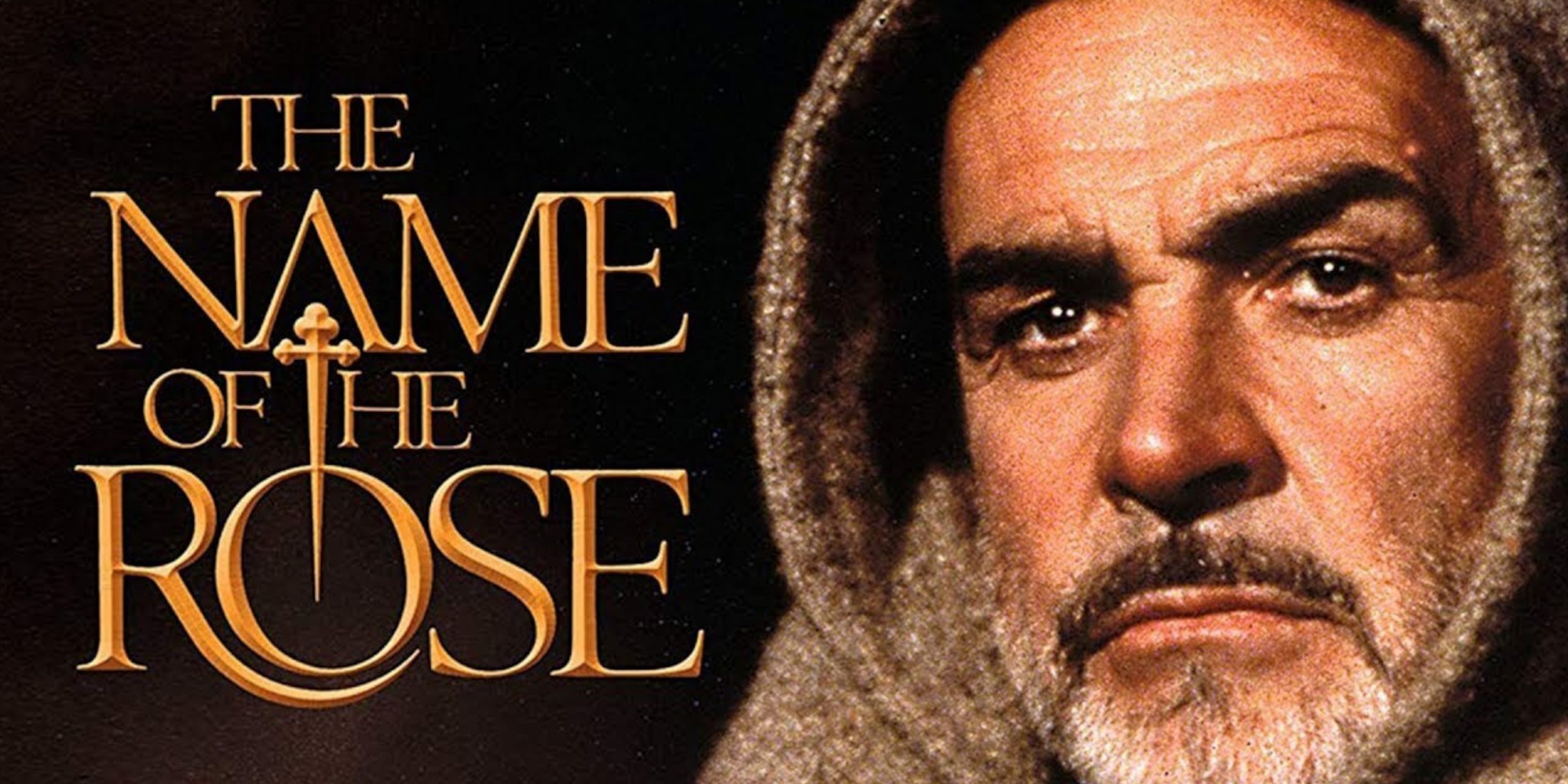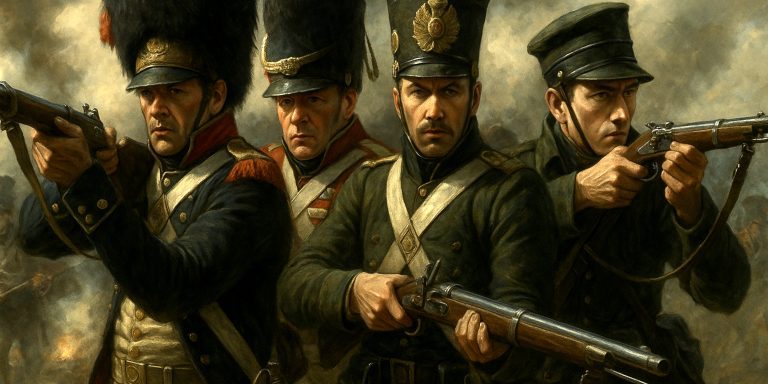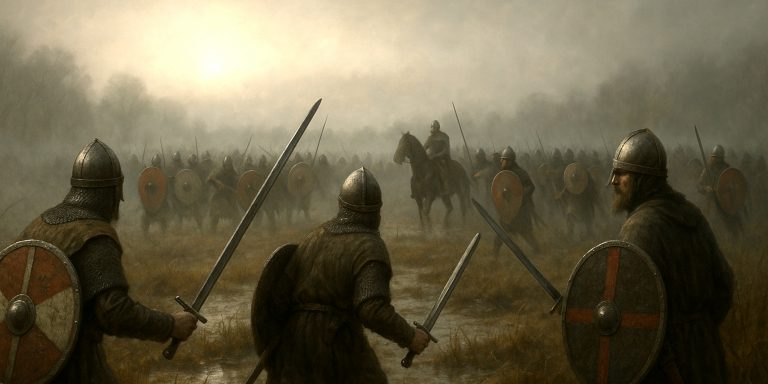
Watching The Name of the Rose today feels a bit like wandering into a medieval library after hours. You know something important is tucked away in the shadows, but you also know you might trip over a monk or two on the way to finding it. The film has aged in curious ways. Some elements have sharpened with time, others have settled into a sort of soft historical haze that only adds to its charm. What follows is a guide for approaching it with modern eyes, while keeping a historian’s sense of mischief intact.
Setting the Scene
The film drops you into a Benedictine monastery during a bitter fourteenth century winter. It has all the ingredients you would expect from a story set in that period. Political tension between the papacy and various reformist factions, monastic rules that hang over every waking moment, and a library that seems a little too pleased with its own secrecy. What the film captures well is the claustrophobic mood of a religious community trying very hard to keep the outside world at bay. As a historian, I admire how it manages to portray the uneasy balance between spiritual life and political manoeuvring. You can almost hear the scraped quills of clerks trying to keep ahead of the latest doctrinal argument.
A Story About Knowledge, Fear and the Trouble of Asking Questions
At its heart, the film is a murder mystery wrapped in theological quarrels. Brother William, played with dry wit, pokes his nose into matters the monks would prefer left undisturbed. He treats logic as a tool rather than a threat, which immediately upsets those who prefer their truths unquestioned. Watching the story unfold now, the tension feels strikingly familiar. Societies, whether medieval or modern, never seem entirely comfortable with people who ask too many questions. The film revels in that discomfort.
The themes are handled with a level of care that rewards patient viewing. Knowledge is both treasure and tinderbox. Books protect truths and dangerous ideas in equal measure. The library becomes a character in its own right, looming over the story with an attitude that suggests it has seen more than any monk cares to admit.
How the Film Reflects Real Medieval Life
While the story is fiction, its foundations rest on very real medieval dynamics. Monastic orders genuinely argued over poverty, power, and interpretation of scripture. Intellectual curiosity could uplift a community or simply get you into trouble. The film does a fair job of hinting at the intellectual vibrancy of the time. Medieval Europe was not a dim corridor of ignorance. It was noisy, argumentative and, on occasion, surprisingly scientific. Brother William’s methodical approach to solving the murders reflects the scholastic mindset, even if his style is far more relaxed than any Dominican master would ever permit.
The monastery itself is a delight for anyone who enjoys historical architecture. Stark stone walls, frigid cloisters, and cramped scriptoria feel authentic enough that you might want to wrap yourself in a blanket while watching.
Performances that Anchor the Story
The casting does a great deal of heavy lifting. Sean Connery brings a warmth and dry resignation that suits a man who has seen enough foolishness to last several lifetimes. Christian Slater, as his young apprentice, gives the audience a pair of eyes through which to explore the monastery’s labyrinth of rules and secrets. The supporting monks form a gallery of grimaces, whispers and suspicious glances. In true medieval fashion, hardly anyone looks well rested.
Viewing Tips for a Modern Audience
Those accustomed to rapid pacing may find the film moves at a more deliberate rhythm. Let it. This is a story built on small details, passing expressions and the slow tightening of tension. Give the atmosphere time to work. It rewards viewers who appreciate careful world building rather than constant spectacle.
The film is also rich in subtext. Pay attention to the background conversations, the wary looks in the refectory, and the shifting alliances that echo genuine Church politics of the period. If you enjoy spotting historical parallels, you will have plenty to chew on.
Why It Still Matters
The Name of the Rose remains compelling because it never treats the Middle Ages as a joke. It respects the complexity of the period while admitting that people then were just as flawed and contradictory as people now. It also taps into a timeless fear. What if ideas become so dangerous that entire institutions feel threatened by them. It is a question that never really stops being relevant.
A Short Takeaway
Viewed today, the film stands as a moody, intelligent piece of historical fiction. It does not chase thrills for their own sake. It asks you to follow clues, question motives and step cautiously through a world where knowledge can both illuminate and destroy. If that sounds a bit heavy, rest assured that the film serves it with enough intrigue and humour to keep things lively. Medieval monks, as it turns out, can supply plenty of both.
This guide should help you approach the film with the right blend of curiosity and patience. After all, any story that treats a library as a battleground deserves to be watched with care.
Watch the Trailer:



